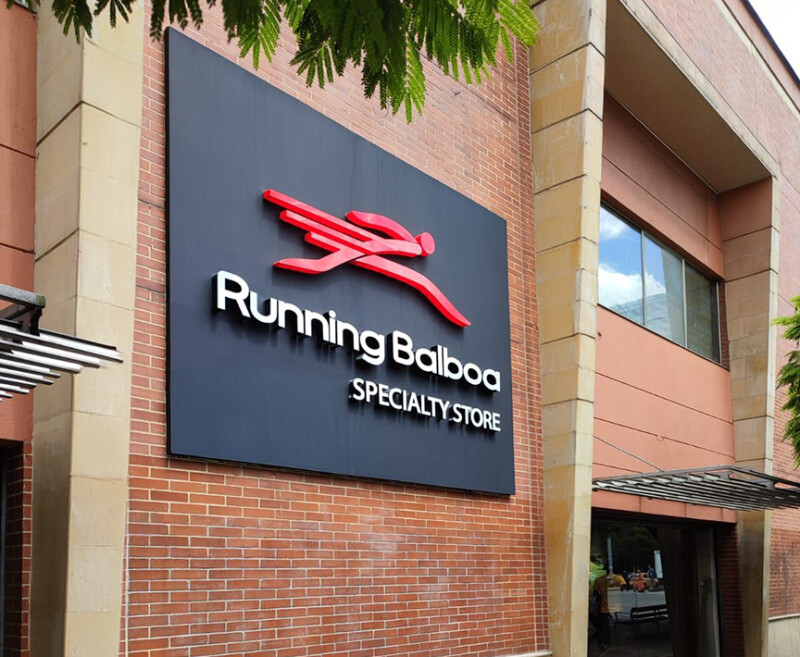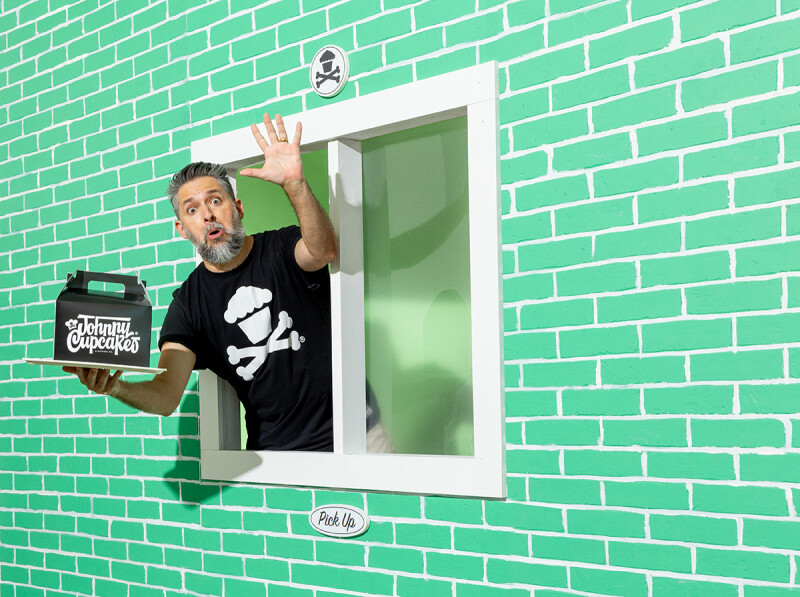The Instgram page of Seven Hills Running Shop is packed with photos of newly released shoes. Seven Hills owner Phil Kochik also sprinkles in regular shoe reviews, including his own side-by-side comparisons of updated models against their predecessor.
In many ways, updated running shoe models represent good news for Seven Hills. Kochik says new launches generate excitement on social media and at his Seattle-based retail store with events like shoe demo runs. But in other ways, updated models, specifically those on 12-month timelines, create business challenges.
“At that kind of quick cadence, it’s hard to be fully stocked and loaded and not have a lot left over that you’re forced to discount,” Kochik admits, while also acknowledging that longer model lifecycles stir their own challenges. “Even the most popular shoes get stale.”
Defining the right lifecycle for performance running shoe models is a complex and layered affair and something many of the run specialty market’s footwear players continue to evaluate.
Extending Some Updates
Traditionally, major running footwear brands have operated on a 12-month timeline for footwear updates. Once upon a time, and like clockwork, a new edition of the Nike Pegasus dropped every summer while ASICS rolled out the latest version of the Nimbus with the turn of the calendar year.
While the 12-month update cycle remains prevalent, even the norm, footwear brands are increasingly bucking tradition and embracing longer timelines, extending model updates to 18 or even 24 months.
Five years ago, Altra largely operated on a 12-month cadence with its footwear updates. Increasingly, though, Altra has introduced 24-month life cycles, as seen with models like the Olympus, Timp, Paradigm and Superior.
To decide if a particular model will sit on a 12- or 24-month cycle, Altra senior product line manager of footwear Alex Lind says brand leadership considers a range of factors from how established the model is in the marketplace and the extent of its following to the needs of the brand’s retail partners.
“We never want to be making updates just to update,” Lind says. “Product has to have a reason to be.”
Sometimes, Lind allows, shoe updates on a 12-month timeline can feel like changes on the fly, particularly for established shoes. A longer lifecycle, however, enables Altra’s team to look at the update as a new product and hit the market with releases that are purposeful and impactful.
“If you can spend more time planning out updates, then you can steer a little easier,” he says.
The Two-Year Cycle
For some brands, the 24-month lifecycle is the norm, not the exception.
Topo Athletic has long favored “at least” two-year life cycles for its shoe updates. As an up-and-coming challenger brand with a heavy run specialty presence, Topo product manager Russ Stevens says longer lead times on inventory allow the company to better manage cash flow, help the brand’s retail partners regulate Topo inventory and enable customers who enjoy a particular model to replicate that experience multiple times throughout a given model’s lifecycle.
“A lot of customers like the fit of the product, so we want to keep giving them that familiarity,” Stevens says, adding that Topo, while comfortable with its two-year cadence, wouldn’t hesitate to update a model sooner if deemed necessary.
The two-year product lifecycle brings its challenges, namely running the risk that Topo appears stagnant on the shoe wall (or an e-commerce website). To counter this, Topo – like others with longer update times – regularly introduces color updates, though the cadence of that varies by model.
“We still want our customers to see interesting and lively products from us,” Stevens says. “But as a discovery brand, even if our product is in the market for more than a year, customers are still discovering it, so it feels like new product to many.”
Continuous Evaluation
For many brands, the pandemic and its manufacturing, sourcing and supply chain hiccups urged pause and earnest reflection on product flows and introductions into the marketplace, which included evaluating the traditional 12-month timeline.
Danny Orr, general manager of performance running at New Balance, says he and his team have embraced an opportunity to become even more intentional with updates, evaluating models one by one. New Balance continues operating on the traditional 12-month cadence with many models, particularly those with hefty innovation or aimed at the tip-of-the-spear consumer. In other cases, though, New Balance has extended updates.
Case in point: New Balance initially slotted the release of the 1080 version 13 for March, a 12-month update. But leadership paused that update and sent the shoe back to the innovation team for further refinement. The revised 1080, featuring added forefoot stiffness and new foam, will now drop in November.
“We were more progressive with what the update will be for us and it’s a more impactful update for the runner,” Orr says of the 1080.
New Balance will continue to assess update timelines, Orr says. In cases where newness, innovation and freshness are especially prized, a quicker cadence may win out. With footwear targeting more traditional consumers, the cadence might be more methodical.
“Our intention is to be more thoughtful, analytical and consumer driven regarding what our updates are looking like,” Orr says.
Run Retailers Weigh In
For running retailers, longer update times bring challenges, particularly if a brand releases new colorways that adhere to minimum advertising pricing while discounting older colors of the same model. Lengthier update times also make it easier for a consumer to order the second shoe online and bypass a visit to their local running store since they know precisely what they’re getting.
Jess Hoepner, co-owner of the four-store Performance Running Outfitters chain in Milwaukee, prefers annual updates, saying new shoes drive excitement among staff and customers and also allow the store to showcase its customer-centric, specialty vibe.
“Updated models give us the opportunity to have conversations with our customers about what the updates are, which leads to us educating the customer and showing our value,” Hoepner says.
Kochik, meanwhile, considers the 18-month timelines “the sweet spot” — not too quick to cause inventory management and profitability dilemmas, yet not too long that a model gets stale. With the 12-month updates, Kochik finds a notable number of customers waiting for the new model to drop, so they can either: a.) get the latest technology; or b.) purchase the previous model at a discount.
“With 12-month updates, especially the most popular models you need to have on hand, it’s hard to be fully stocked and loaded without having a lot left over,” he says.
Kochik does favor the traditional 12-month cadence in one particular instance, though.
“If a shoe’s a bust, then 12 months is ideal,” he says. “Get it out and move on.”







